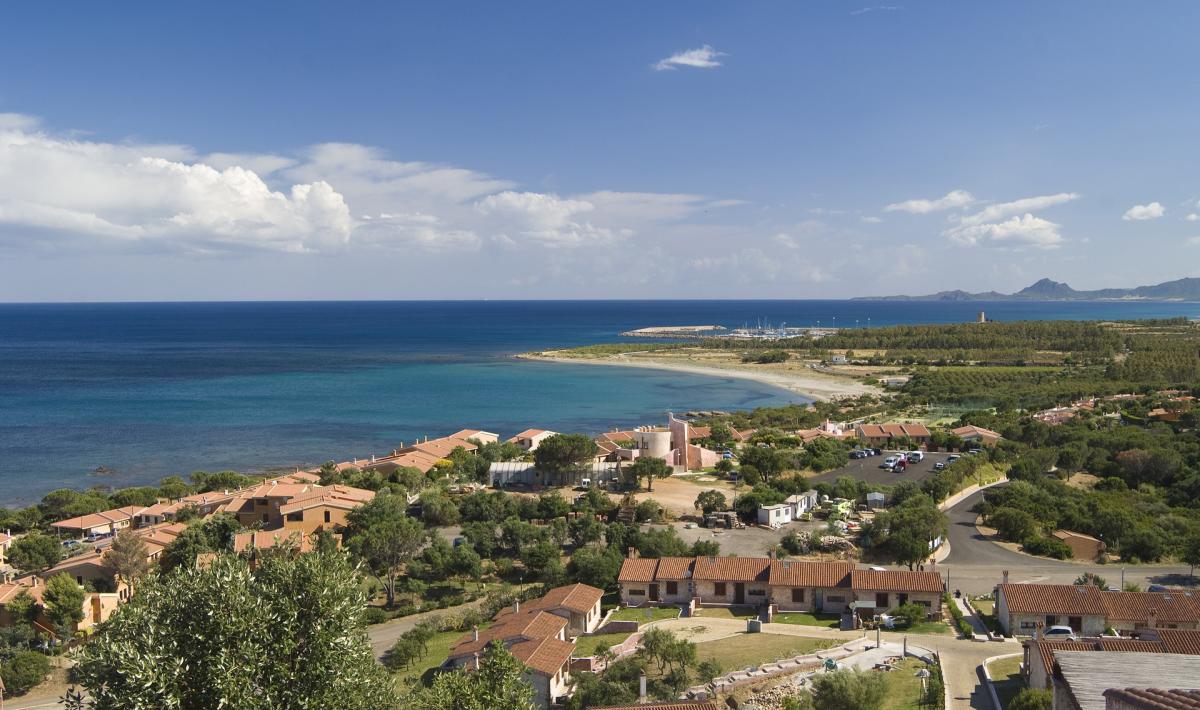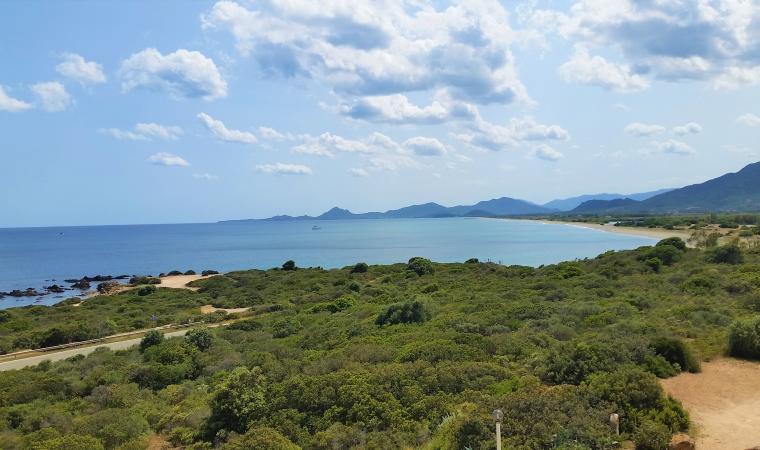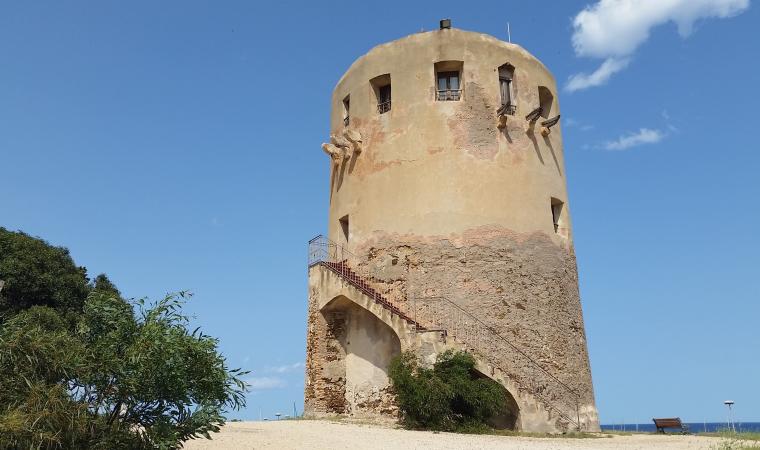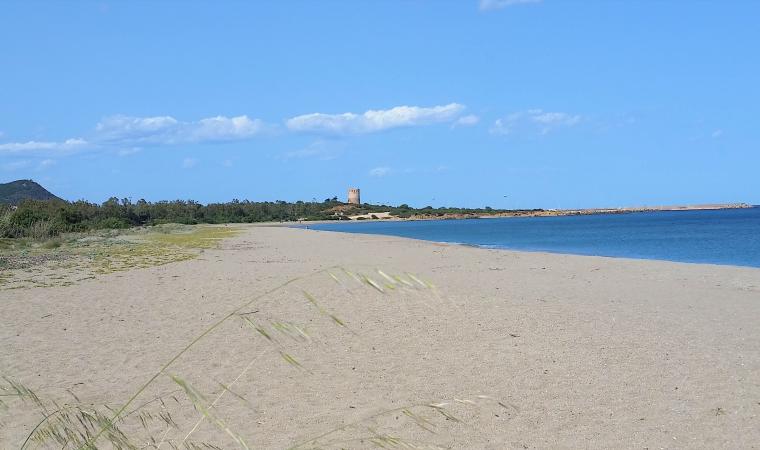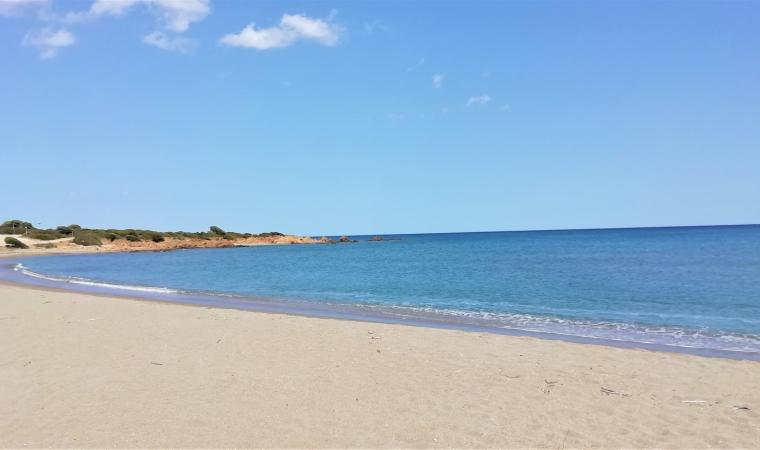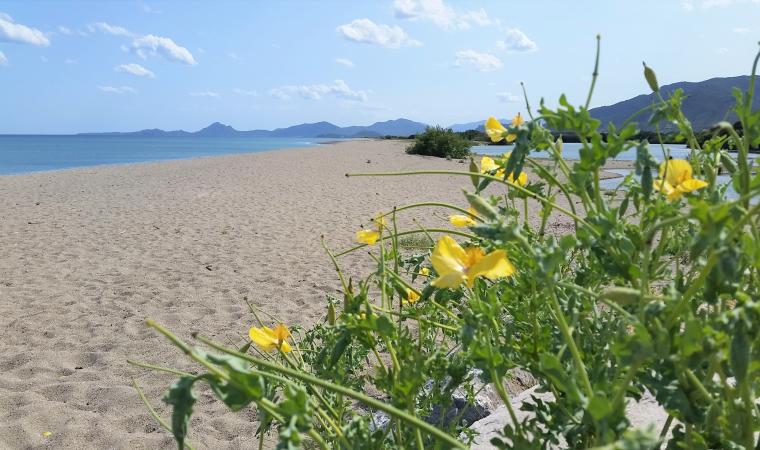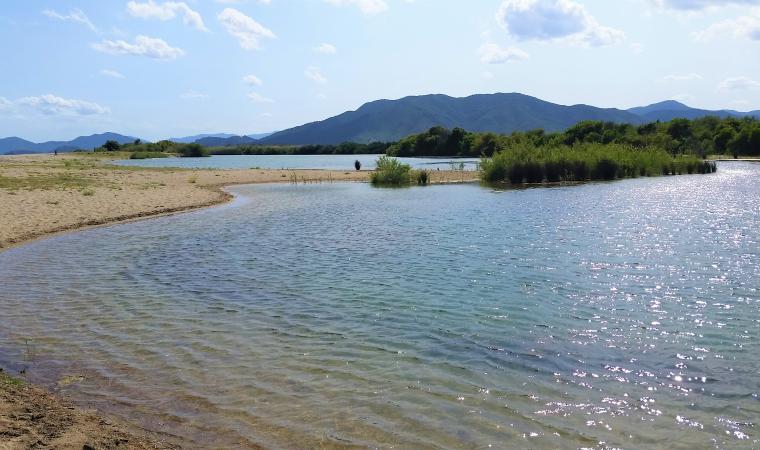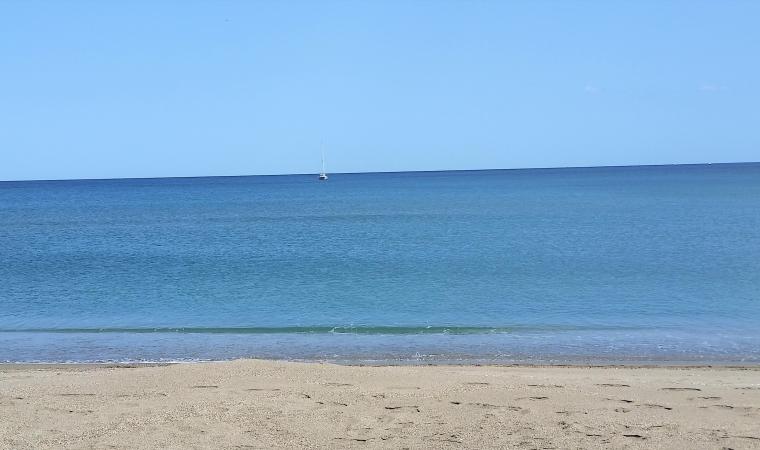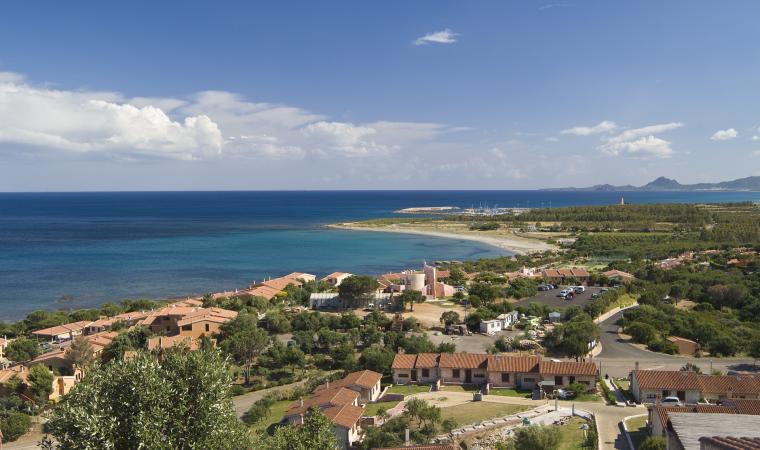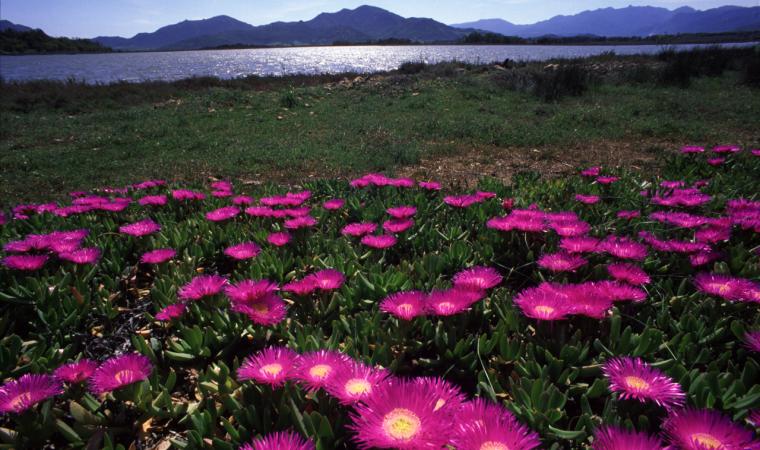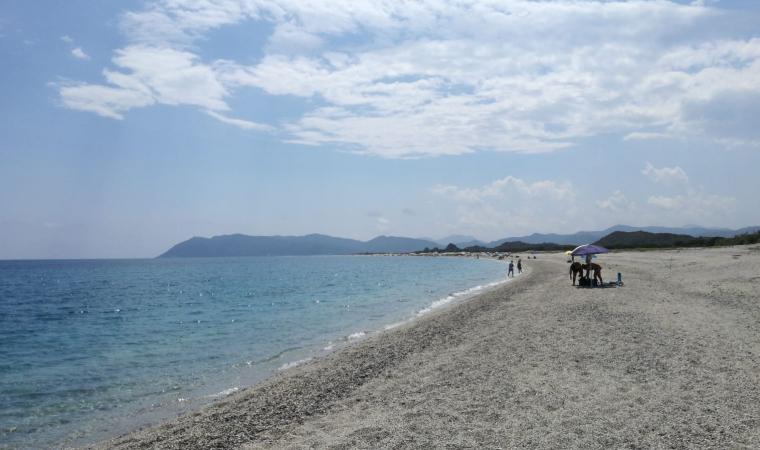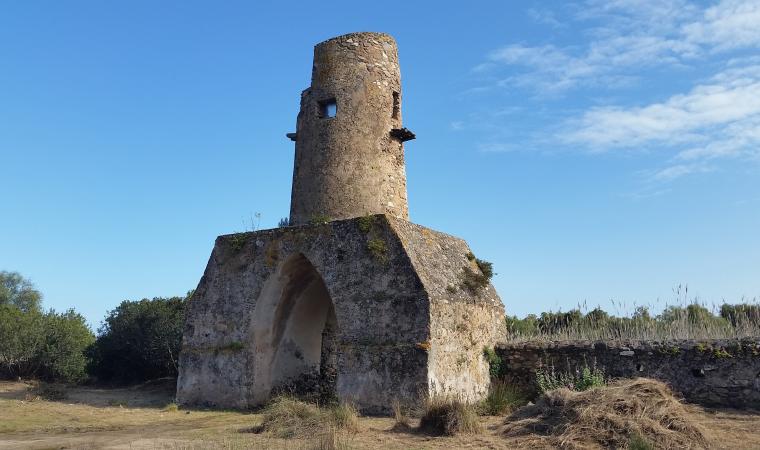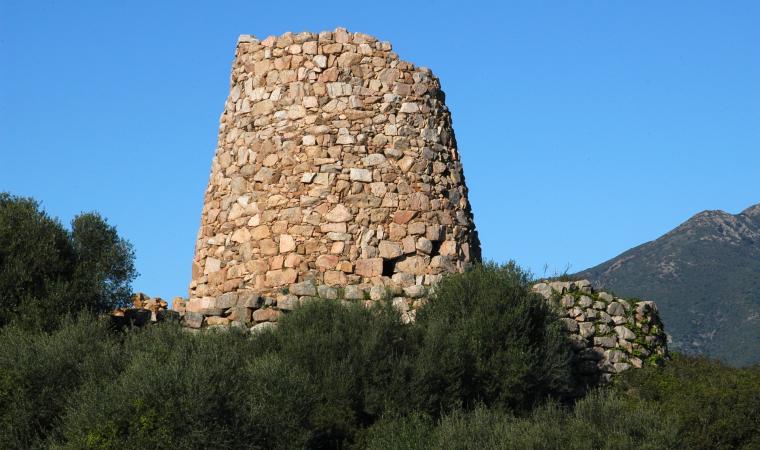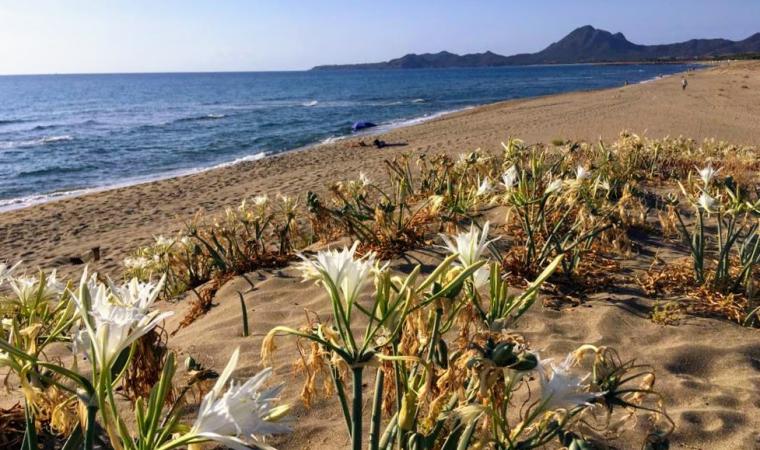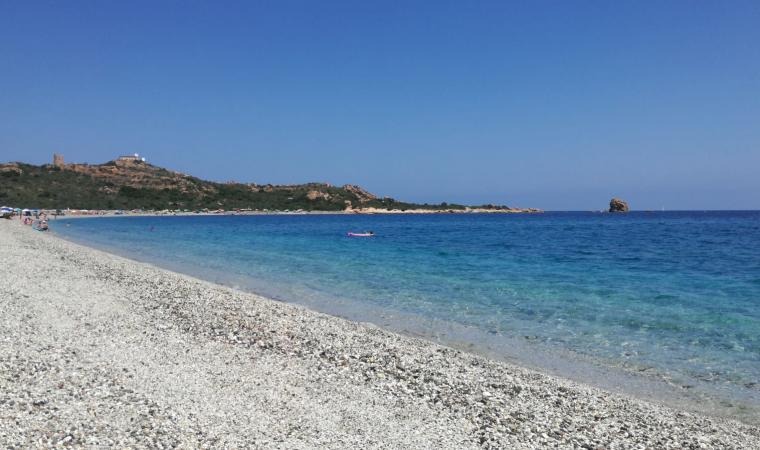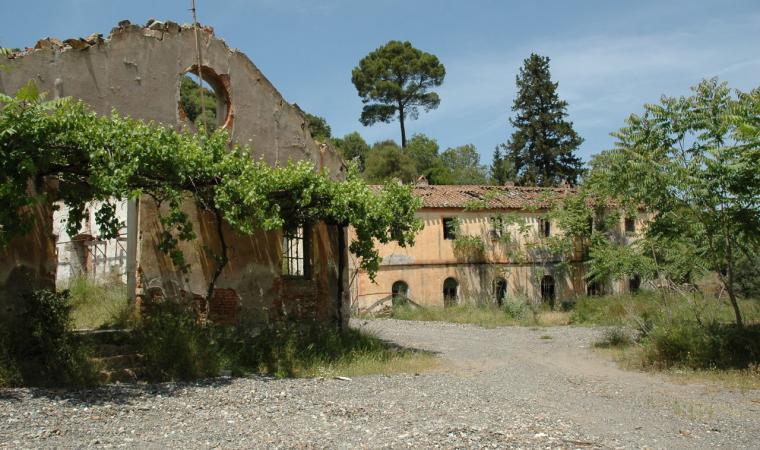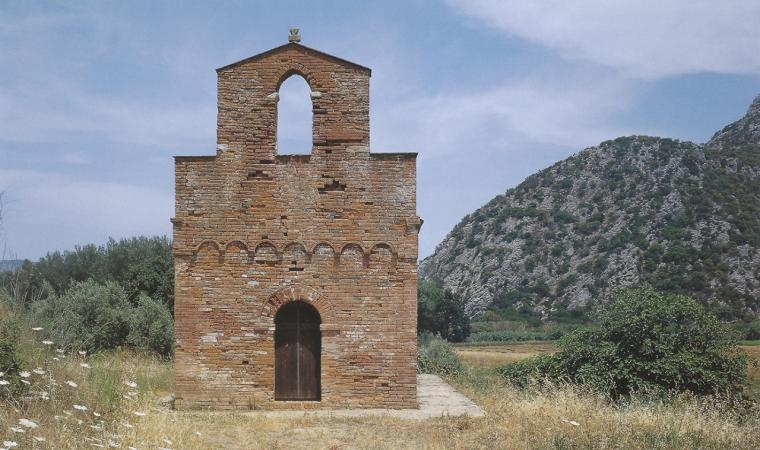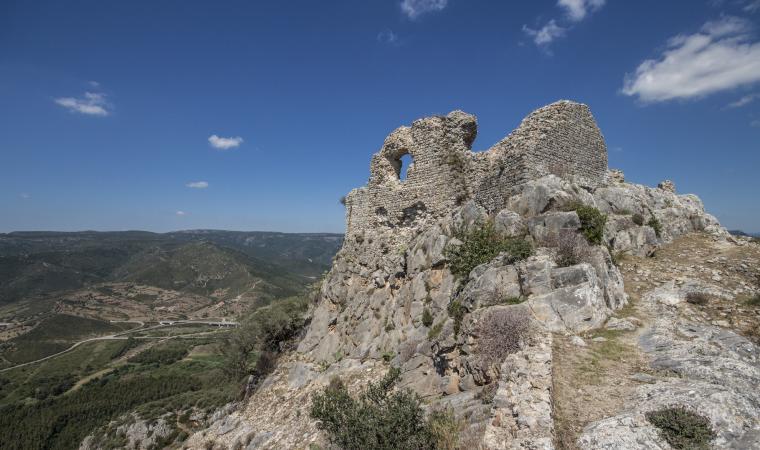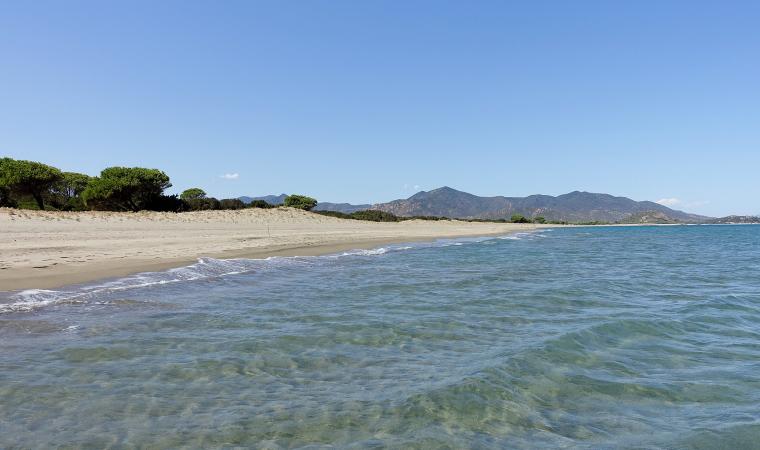The name brings to mind colonies of coral, which was harvested here since ancient times. The beach of Porto Corallo is an expanse of medium-grained grey sand, small pebbles and shells, surrounded by Mediterranean greenery that extends right down to the beach. Stretches of reef emerge from the water. The sea is crystal clear reflecting mostly shades of green, while the seabed is made up of smooth pebbles and sand, becoming deep close to the shore. A 16th century Spanish tower dominates the coast and was built in order to spot the fleets of Saracen pirates who plundered the southeastern coast. From the tower of Porto Corallo, which is 14 metres high, you can admire a breathtaking view. Nearby, you will find all the services you need: accommodation facilities, including residence hotels and campsites, bars and restaurants, as well as a modern tourist port. Together, they form a seaside village, a district of Villaputzu, which is about six kilometres away and can be reached via the ‘old’ state road SS 125.
The beach opens up immediately to the right of the port, while another enchanting beach is even closer to the tourist village, that of Porto Tramatzu (same name as that of Teulada), a crescent of fine sand with golden reflections delimited by small cliffs reflected in the turquoise and emerald green waters. The shallow waters and sandy seabed are ideal for families with children and for diving and fishing enthusiasts. Next to the two main beaches, there is Porto Corallino, a small bay in the direction of the tourist port made of fine sand and pebbles. Not far from Porto Corallo, you will see the ruins of the sixteenth-century castle of Gibas, also built by the Spanish with a defensive function.
Villaputzu, a village in the Sarrabus region, with Phoenician-Punic origins, is famous for the production and melodies of the launeddas - an ancient wind instrument – and has an extremely long coastline featuring low, sandy stretches and rocky promontories that hide enchanting coves. Close by, alluvial plains with ponds open up in an uncontaminated scenario that combines sun and sea with birdwatching, biking and trekking in dense woods, with ruins of industrial archaeology, such as the mine of Baccu Locci, and caves with tunnels, stalactites and stalagmites. The beach of Prumari (or first beach), the longest and closest to the village (partly dedicated to animals), connects the marina of Porto Corallo to that of Muravera. In the middle of the sandy expanse, is the mouth of the Flumendosa river. Another masterpiece of nature, considered one of the pearls of the south-east, is the beach of Murtas, also known as cala s’Acqua Durci. Part of the six kilometres of beach is in the military zone. Behind it, you can admire various swamps, fed by streams and frequented by western swamphens, mallards and pink flamingos, a landscape declared a Site of Community Interest. Opposite the beach, you will notice the islet of Quirra. In the surroundings, as well as domus de Janas, various types of nuraghi, Tombs of Giants, sacred wells and watchtowers, you will see the remains of the castle of Quirra (12th century), a place of historical tales of sieges and legends about the Carroz family. The mountain has seven caves, where artefacts have been found, ranging from the Palaeolithic era to Roman and Medieval settlements. Nearby, there is the rural church of San Nicola, a very rare case of a Sardinian Romanesque red brick building.

